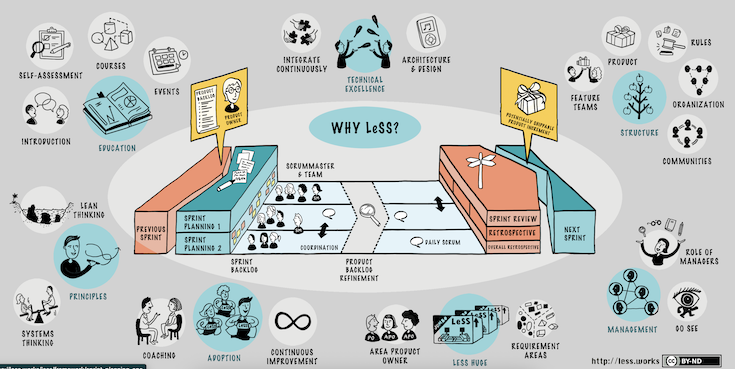Sprint Retrospective: Dealing with difficult team members’ behaviours.
Most Teams that regularly run a Sprint Retrospective use the dreaded quadrant, What worked well, What Didn’t work Well, Ideas and Actions (and variants of this quadrants). I am sure your team has used this format many times. I coach Scrum Masters and their team to always prepare for Sprint Retrospective, and part of planning is observing the team all through the Sprint and experiment with different formats for running the Sprint Retrospective.
We had a scenario in the last Professional Scrum Facilitation class where an attendee shared a situation where someone in the team was overbearing on other team members, this individual always wanted to impose their agenda on the entire team and presented as the loudest voice in most meetings. The attendee believes that this behaviour impacted the self-managing ability of the team at large. We spent a good amount of time in class discussing different formats for dealing with such a scenario and I want to share a format that I came up with in that class with you. The format is inspired by some of the liberating structure practices.
- Provide a focus for the Retrospective: A Retrospective doesn’t have to be open for all topics every time, You might decide to run a retrospective on the team’s self managing capabilities. In this case, the aim of the Sprint Retrospective would be to guide the team to reflect on their self management journey and the collective efforts to improve their self managing abilities.
- Depending on the level of (Psychological) safety in the room, ask the attendees to think and anonymously write about a story that describes when team member behaviours might impede the self managing abilities of the team. This story doesn’t have to be a true story within the team ; it could be a made up story. Considering the size of the team and the length of time schedule for the retrospective, ask people to pair, pick up similar stories from the board and merge into one story. The purpose of this step is to condense the story into fewer stories that would allow for more time in the retrospective.
- Get volunteers to own these stories and use Troika Consulting to get help from their team members.
- Collect on a white board the ideas that came out from Step 3. Group related ideas and spend some time discussing in more details what actions can be taken to deal with situations that might undermine self management.
- Make sure to assign owners to all actions and create action items in the product/improvement backlog if necessary.
There are so many formats that you can use to run the Sprint Retrospectives and its always good for the facilitator of the Sprint Retrospective to think about a format that might serve the team better, taking into consideration the current state of the team.
To learn about the Scrum Framework and its associated principles, join one or our Scrum workshops in the coming weeks.




